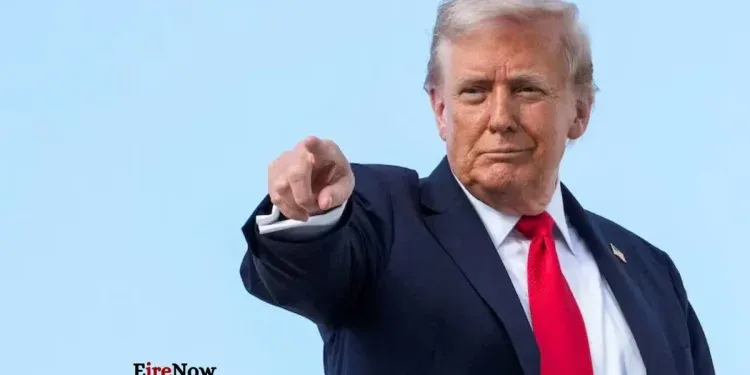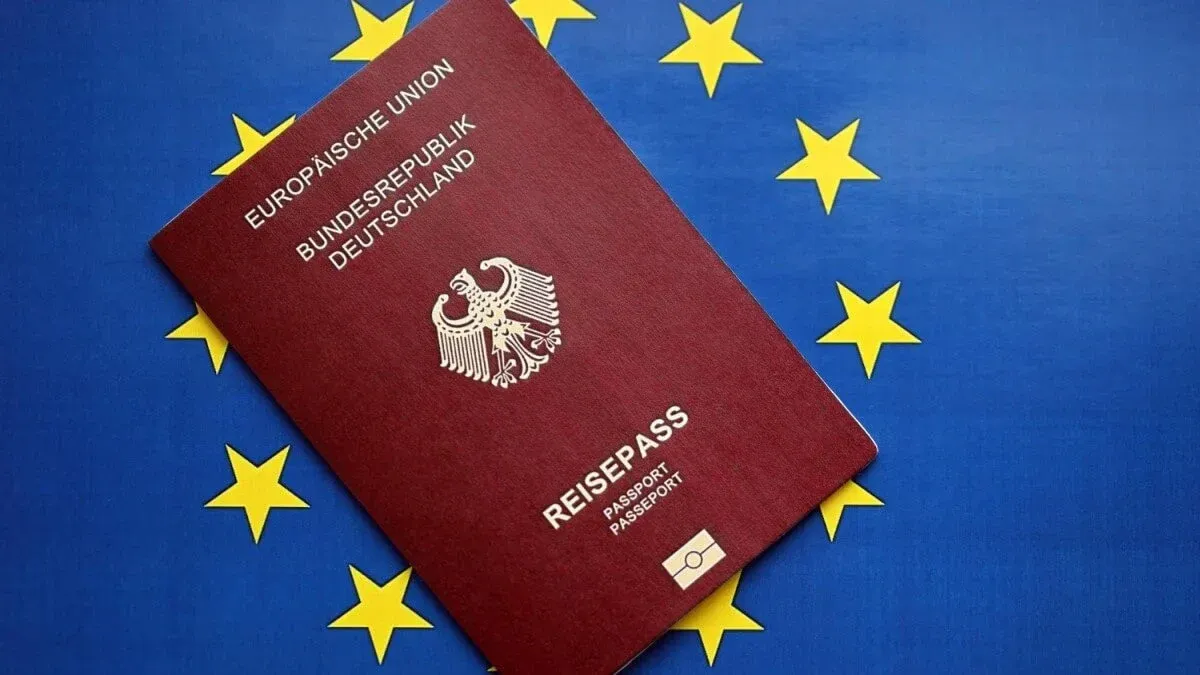WASHINGTON D.C. – U.S. President Donald Trump has announced a sweeping and aggressive proposal to overhaul immigration, vowing to “permanently pause” migration from what he termed “Third World Countries” to allow the American system “to fully recover.” The statement, made on social media, signals a major escalation of hardline immigration rhetoric, placing countries like India, which supplies the largest number of high-skilled immigrants to the U.S., on high alert.
The President’s comments, made days after a fatal shooting involving an Afghan national in Washington, did not specifically define which countries fall under the “Third World” classification—an outdated and often ill-defined term. However, the proposal has immediately raised concerns about its impact on legal immigration pathways, particularly those utilized by professionals and students from developing nations.
The Immediate Indian Impact
The planned migration pause, coupled with recent stringent policy announcements, is causing significant apprehension among the large Indian community in the U.S. and those aspiring to move there:
- H-1B Visa Crackdown: India is the largest beneficiary of the H-1B visa, accounting for over 70% of approvals. Recent administration moves, including the proposed imposition of a $100,000 application fee for H-1B visas, were already forcing Indian workers and sponsoring companies to reassess their U.S. strategies.
- Student and Skilled Migration: The new directive, if broadly applied to economically developing nations, could drastically affect the pipeline of Indian students and highly-skilled workers who view U.S. education and work visas as a path to permanent residency.
- Brain Drain Concern: Analysts and educators have warned that policy unpredictability and stricter rules risk pushing top Indian talent toward immigrant-friendly destinations like Canada, the UK, and Australia, potentially leading to a “brain drain” from the U.S. technology sector.
- ‘Net Asset’ Criteria: President Trump stated he would “remove anyone who is not a net asset to the United States” and denaturalize migrants who pose a security risk, criteria that legal experts say lack clear definition and could be broadly applied.
Policy Details and Implementation
President Trump stated the sweeping measures are necessary to achieve a “major reduction in illegal and disruptive populations” and that “Only REVERSE MIGRATION can fully cure this situation.” Key elements of his announced plan include:
- Permanent Pause: Suspending migration from all unnamed “Third World Countries.”
- Mass Terminations: Terminating “all of the millions of Biden illegal admissions.”
- Benefit Cuts: Ending all federal benefits and subsidies to non-citizens.
- Deportations and Denaturalization: Removing non-assets and denaturalizing migrants who “undermine domestic tranquility.”
The immigration policy reset faces numerous implementation challenges, as courts have previously blocked some of the administration’s executive orders aimed at curtailing immigration. The vagueness of the term “Third World Countries” further complicates the legal path forward, leading to widespread speculation on which nations’ citizens would be targeted.







